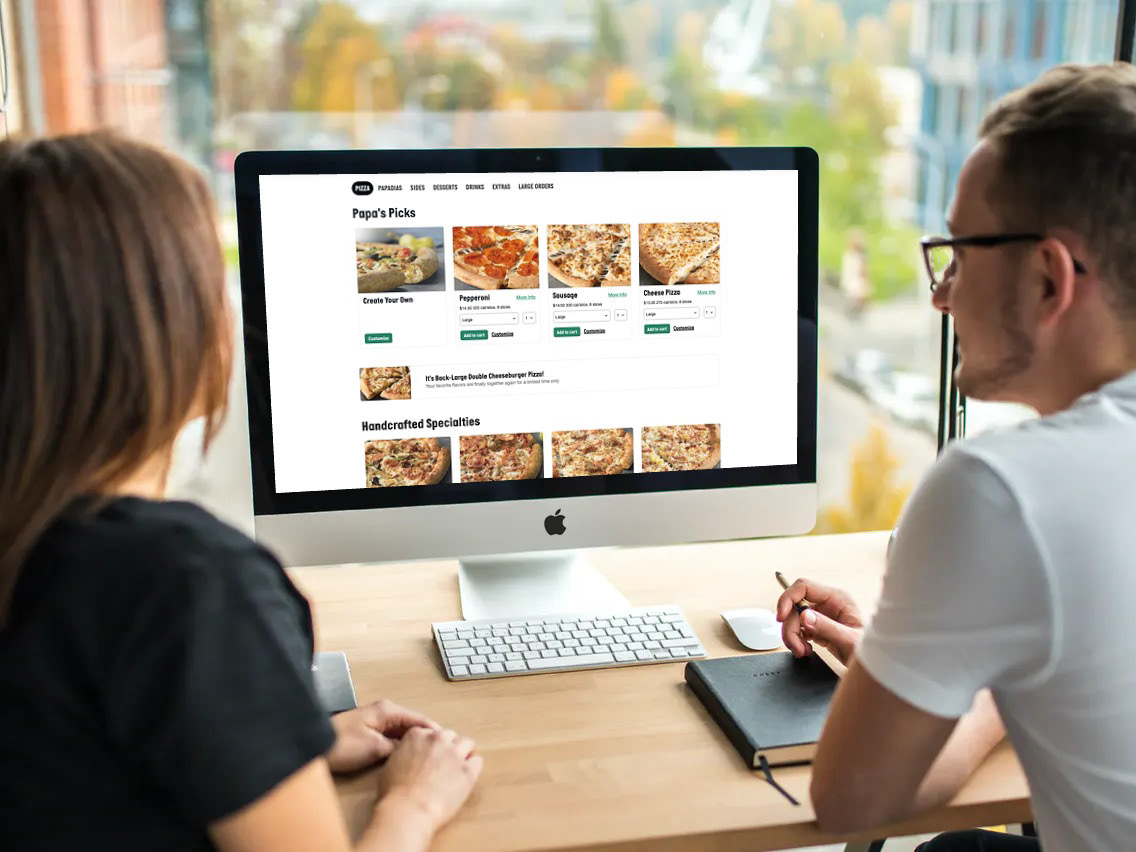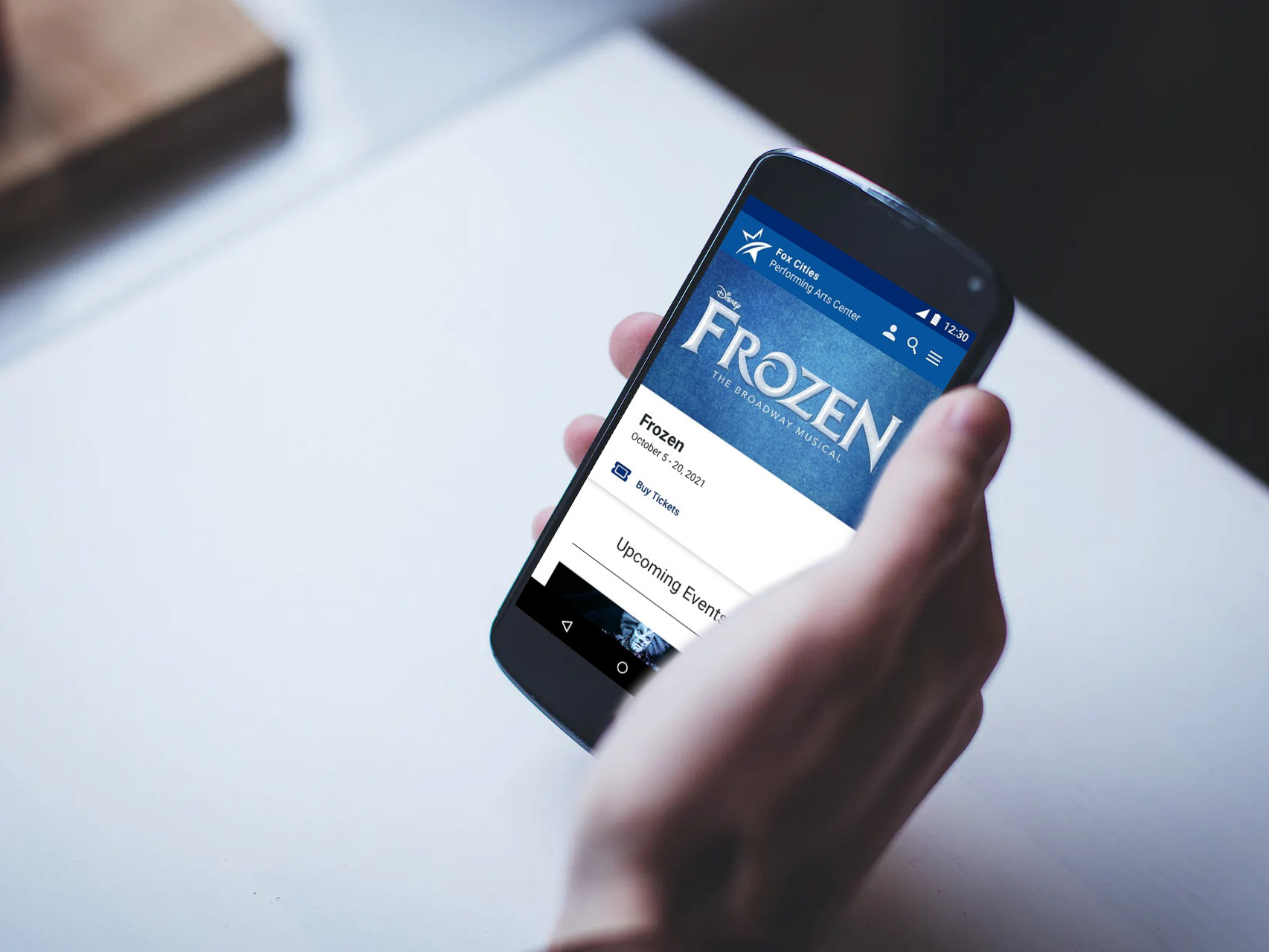Project Background
Marriott Hotel Stakeholders determined their five most important business goals along with their five most pressing user experience questions in order to facilitate a redesign of their online booking service. To initiate this process, I conducted user research for Marriott Hotels in order to improve their online booking service.
The methods of research that were implemented during the process were nano usability testing, a user questionnaire, and one-on-one user interviews.
Rationale for the research:
• Provided insight into how users think, act, and feel
• Validated assumptions based on hypotheses
• Prioritized features and functionality for the product
• Clarified the users' mental model of the product
• Validated assumptions based on hypotheses
• Prioritized features and functionality for the product
• Clarified the users' mental model of the product
Business Goals
1. Increase hotel bookings via digital properties by 10%.
2. Increase reservations for their Luxury and Lifestyle Collection hotel categories.
3. Gain 10,000 incremental members of the Marriott Rewards loyalty program in the first quarter after the redesign.
4. Decrease by 20% the number of people starting and then abandoning a reservation.
5. Increase by 5% the number of people choosing a hotel and flight package vs. just booking their hotel alone.
2. Increase reservations for their Luxury and Lifestyle Collection hotel categories.
3. Gain 10,000 incremental members of the Marriott Rewards loyalty program in the first quarter after the redesign.
4. Decrease by 20% the number of people starting and then abandoning a reservation.
5. Increase by 5% the number of people choosing a hotel and flight package vs. just booking their hotel alone.
User Research Goals
1. Determine the needs and goals of users and understand what they value when searching for a hotel.
2. Discover the rationale of why people choose a hotel booking package, specifically flight and hotel.
3. Learn about what technical and environmental factors cause users to abandon a reservation on both web and mobile platforms.
4. Determine why users choose to use a website versus an app when completing a task-specific to travel.
5. Identify what motivates people to choose a luxury hotel and join an incentive program.
2. Discover the rationale of why people choose a hotel booking package, specifically flight and hotel.
3. Learn about what technical and environmental factors cause users to abandon a reservation on both web and mobile platforms.
4. Determine why users choose to use a website versus an app when completing a task-specific to travel.
5. Identify what motivates people to choose a luxury hotel and join an incentive program.
User Research Method #1
User Interviews:
Interviews - One-on-one interviews that adhere to a scripted selection of questions, prompting the user to expound upon their thoughts and feelings in relation to a product or service. I video-recorded these interviews for later analysis.
Derived Hypotheses
While preparing the interview questions, I formed the following set of hypotheses based on the research goals and business objectives provided by Marriott.
1. Hotel customers want the best deal and are not brand loyal.
2. Users don’t trust booking hotels outside of actual hotel websites.
3. Users value how other customers rate a hotel experience.
4. Users do not trust booking hotels and flights together.
5. Users will use multiple websites to find the best deal.
6. Users prefer to book a hotel on a computer over their phone.
7. Loyalty reward programs for hotels don’t impact user decisions.
2. Users don’t trust booking hotels outside of actual hotel websites.
3. Users value how other customers rate a hotel experience.
4. Users do not trust booking hotels and flights together.
5. Users will use multiple websites to find the best deal.
6. Users prefer to book a hotel on a computer over their phone.
7. Loyalty reward programs for hotels don’t impact user decisions.
User Interviews
I interviewed and video-recorded three individuals for the interview sessions. The aim of the interviews was to better understand users’ travel motivations and needs when booking travel accommodations online.
Data Analysis Method
Post-interview, I reviewed the recordings, deconstructed the data gathered, and analyzed it through the use of an affinity map. I then summarized and aggregated the results into a matrix, which provided a synthesis of the data and validated the hypotheses.
Research Analysis Matrix
Product Recommendations
The following product recommendations are derived from qualitative data gathered from the one-on-one interviews and validated via a synthesis of the information provided by the research analysis matrix.
Recommendation 1: The online booking service needs to offer a comparative chart with other websites' prices and findings.
Recommendation 2: The online booking service needs to make sure they offer the best rate guarantee and match any rate found by a third-party product.
Recommendation 3: The online booking service needs to add a guest rating filter to the navigation that includes other guest opinions in the booking process.
Recommendation 4: The online booking service needs to present assurance of flight price and details by establishing an airline partnership or using a flight price guarantee.
Recommendation 5: The online booking service should redesign its information architecture in order to improve Google's ranking.
Recommendation 6: The online booking service should redesign the website homepage to improve the hierarchy and visual clarity of the “search for destination” function.
Recommendation 7: The online booking service should offer personalized loyalty incentives through email promotions rather than initiating homepage sign-ups.
User Research Method #2
Nano Usability Testing:
To further the research, I collected information by conducting a nano usability test. During the test, I observed three separate individuals interacting with the Marriott Hotel’s online booking site and mobile app. As a result, I have outlined several of the usability issues observed, along with actionable recommendations for fixing these issues.
Website: Nano Testing Discoveries
The following user issues were observed during nano usability testing for website users.
1. Booking calendar confusion
2. Map view confusion
3. Bonvoy pop-up irritation
4. No International money conversion
5. Cities with same name confusion
6. Which special rate is best
7. No guest rating filter
2. Map view confusion
3. Bonvoy pop-up irritation
4. No International money conversion
5. Cities with same name confusion
6. Which special rate is best
7. No guest rating filter
Website Recommendations Derived from Nano Testing
The following are actionable recommendations for improving user issues discovered during nano usability testing.
Recommendation 1: Add a signifier to the (arrival and return) date so the user knows it is editable.
Recommendation 2: Add visual clarity to the map view by giving each hotel an icon (graphic) with a price line.
Recommendation 3: Bonvoy (rewards loyalty program) would benefit from an earlier onboarding experience. This would allow nonmembers to rationalize the benefits of being a member.
Recommendation 4: International travelers want to know what they are paying in their countries' currency. The booking website needs to convert rates for the customer in order to help create clarity and ensure exact expenses.
Recommendation 5: Put the emphasis on the state or country rather than the city for clarity and improved hierarchy.
Recommendation 6: Apply clarity to this function so it is more identifiable what the special rates offer or which rate is best for the user.
Recommendation 7: Include guest ratings as a filter option in the faceted navigation.
Mobile: Nano Testing Discoveries
The following user issues were observed during nano usability testing for mobile users.
1. Fitts’ Law is not recognized.
2. Map view confusion
3. Hotel and flight packages don’t stand out.
4. Mobile site is web browser based.
2. Map view confusion
3. Hotel and flight packages don’t stand out.
4. Mobile site is web browser based.
Mobile Recommendations Derived from Nano Testing
The following are actionable recommendations for improving user issues discovered during nano usability testing.
Recommendation 1: The area around the “buttons” needs additional space to adhere to Fitts' Law.
Recommendation 2: Apply clear graphic communication representing specific hotels with a price line.
Recommendation 3: Place visual emphasis on this package to bring about more attention.
Recommendation 4: The Mobile App needs to be native and not open in the browser.
Additional Recommendations
Comparative analysis: Continue to review comparative products to identify features, services, and layouts that might aid a redesign that improves existing products.
Web analytics: Analyze Marriott Hotel’s data from the website in order to report the demographics of users along with page views; this will reveal how users move through the site and where they abandon it.
Heuristic Evaluation: A review of Marriott Hotel’s online booking by usability specialists to further identify additional usability issues.
Prototype: Create a simulation of Marriott Hotel’s product redesign in order to test assumptions prior to the development of the product.
Controlled Observation: Testing of Marriott Hotel’s prototype in a controlled environment where users complete specific tasks and are video recorded for further usability evaluation.
Interviews: Follow up one-on-one interviews with participants from the controlled observation in order to obtain additional usability feedback.



